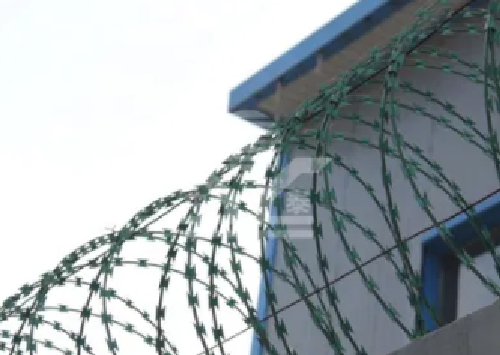Temporary Hoarding Construction Ensuring Safety and Aesthetics
In urban environments where construction activities are commonplace, temporary hoarding plays a crucial role in maintaining safety, aesthetics, and stability. Temporary hoarding refers to the barriers erected around construction sites to protect the public, secure the site, and provide a visual shield from the ongoing works. This functional structure is not merely a safety measure; it also carries significant implications for the community, the environment, and the perception of construction projects.
Safety First
One of the primary purposes of temporary hoarding is to ensure safety. Construction sites often pose various hazards, including falling debris, heavy machinery, and the presence of workers. Erecting hoarding around these sites protects the public from potential accidents. By clearly marking the boundary of the construction area, temporary hoarding helps prevent unauthorized access, keeping bystanders at a safe distance from construction activities. Furthermore, it can be designed to withstand adverse weather conditions, ensuring it remains intact and effective throughout the duration of the project.
Aesthetic Considerations
Temporary hoarding has evolved significantly over the years, moving beyond simple wooden or metal barriers. Today, hoarding can be customized to enhance the aesthetic appeal of a construction site. Many contractors and developers take advantage of this opportunity to use the hoarding as a canvas for artistic expression or branding. Large-scale murals, informative graphics, and sponsorship promotions can transform an unsightly construction site into a vibrant focal point. This not only improves the visual perception of the area but also fosters community engagement by featuring local artists or public art initiatives.
Environmental Impact
temporary hoarding construction

Temporary hoarding can also play a role in minimizing environmental impact during construction. By enclosing a site, hoarding helps contain dust and debris, thereby reducing the spread of pollutants into the surrounding environment. Additionally, it can be designed to incorporate sustainable materials, such as recycled wood or eco-friendly fabrics. As environmental awareness increases, more contractors are opting for hoarding solutions that align with sustainable practices. Innovations in this area can include the use of green walls, which not only serve as barriers but also improve air quality by filtering pollutants.
Community Relations
Building positive relationships with the community is a crucial aspect of any construction project. A well-designed hoarding can communicate the project's vision and timeline to local residents and businesses. By providing clear information about what is being built and when it will be completed, hoarding can alleviate concerns and foster a sense of transparency among community members. Additionally, engaging the community through public consultations and incorporating their feedback into the hoarding design can enhance the overall acceptance of the project.
Regulations and Compliance
It is essential for contractors and developers to comply with local regulations concerning temporary hoarding construction. These regulations typically outline specifications regarding height, materials, and stability, and there may also be requirements for signage and graphics displayed on the hoarding. Compliance not only ensures safety but also helps maintain a positive reputation among regulators and the community.
Conclusion
In conclusion, temporary hoarding construction is an essential component of modern urban development. It serves multiple purposes, from ensuring safety and enhancing aesthetics to minimizing environmental impact and fostering community relations. As construction projects continue to evolve, the role of temporary hoarding will undoubtedly become more sophisticated, reflecting the needs and values of both the industry and the communities it serves. By embracing innovative solutions and collaborative approaches, stakeholders can ensure that temporary hoarding is not just a barrier but a valuable asset in the construction landscape.
-
Why Galvanized Trench Cover Steel Grating Resists Corrosion
NewsJul.10,2025
-
The Versatility and Strength of Stainless Expanded Metal Mesh
NewsJul.10,2025
-
Load Calculations in Steel Grating Platforms
NewsJul.10,2025
-
Keeping Pets and Kids Safe with Chicken Wire Deck Railing
NewsJul.10,2025
-
Hole Diameter and Pitch for Round Perforated Metal Sheets
NewsJul.10,2025
-
Aluminium Diamond Mesh in Modern Architecture
NewsJul.10,2025
Subscribe now!
Stay up to date with the latest on Fry Steeland industry news.

